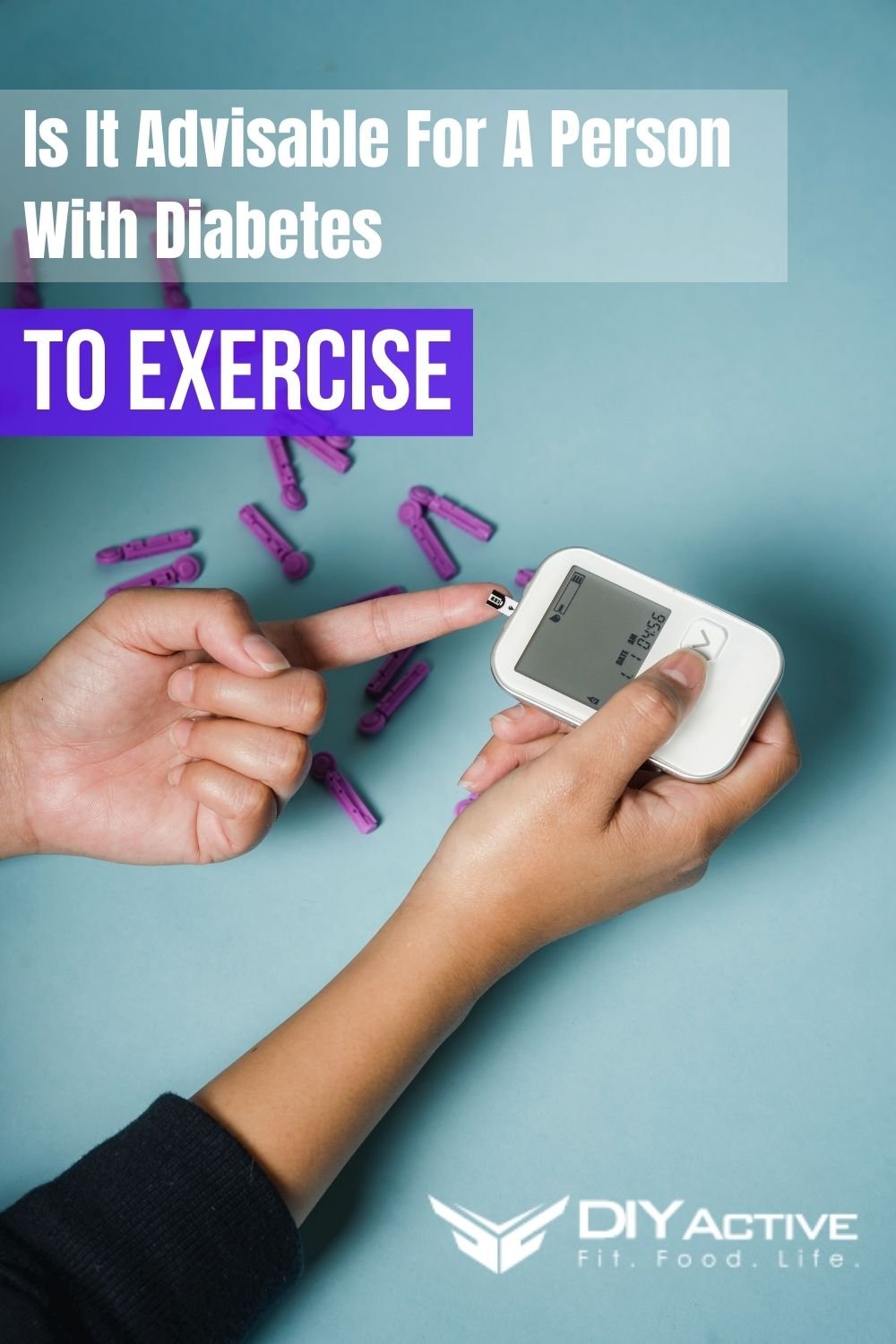
It is recommended that patients with diabetes engage in regular aerobic exercise, however, diabetes and exercise present particular complications. Regardless of diabetes type 2, daily exercise, or at least not allowing more than two days between exercise sessions, is recommended to reduce insulin resistance.
Safety Measures For Person With Diabetes To Exercise
You must monitor your blood sugar levels before, during, and after physical activity in order to exercise safely. This will show you how your body reacts to activity and can help you avoid potentially dangerous blood sugar swings.
The following are some general blood sugar parameters for pre-exercise. When measuring blood sugar levels, milligrams per deciliter (mg/dL) or millimoles per liter (mmol/L) are the units of measurement.
- Lower than 100 mg/dL (5.6 mmol/L) – It’s possible that your blood sugar is too low to exercise safely. Before you begin your activity, have a modest snack containing 15 to 30 grams of carbs, such as fruit juice, fruit, crackers, or even glucose tablets.
- 100 to 250 mg/dL (5.6 to 13.9 mmol/L) – You’re all set to go. This is a safe pre-exercise blood sugar range for most people.

- 250 mg/dL (13.9 mmol/L) or higher – This is a warning zone; your blood sugar level may be too high to comfortably exercise. Test your urine for ketones, which are compounds produced when your body breaks down fat for energy. Ketones are a sign that your body doesn’t have enough insulin to keep your blood sugar under control. If you exercise when your ketones are high, you risk developing ketoacidosis, a serious diabetes complication that requires quick care.Rather than exercising right away, take steps to lower your blood sugar levels and wait until your ketone test shows that you have no ketones in your urine.
Aerobic Exercise Training
Aerobic activity bouts should ideally last at least 10 min, with the goal of 30 min/day or more, most days of the week for adults with type 2 diabetes. Over time, activities should progress in intensity, frequency, and/or duration to at least 150 min/week of moderate-intensity exercise.
Adults able to run at 6 miles/h (9.7 km/h) for at least 25 min can benefit sufficiently from shorter-duration vigorous-intensity activity (75 min/week).
Resistance Exercise Training
Adults with diabetes should engage in 2−3 sessions/week of resistance exercise on nonconsecutive days. Although heavier resistance training with free weights and weight machines may improve glycemic control and strength more, doing resistance training of any intensity is recommended to improve strength, balance, and the ability to engage in activities of daily living throughout the lifespan.
Flexibility, Balance, and Other Training
Joint range of motion is maintained by performing flexibility exercises for each of the major muscle-tendon groups on two or more days per week.
Flexibility training may be beneficial for people with all types of diabetes, but it should not be used in place of other recommended exercises (such as aerobic and resistance training) because it has no effect on glucose control, body composition, or insulin action.
During exercise: Watch for symptoms of low blood sugar
Low blood sugar might be a problem during exercise. Check your blood sugar every 30 minutes if you’re planning a long workout, especially if you’re trying a new activity or increasing the intensity or duration of your workout.
Checking your blood sugar level every half-hour or so can tell you whether it’s stable, rising, or declining and whether it’s safe to continue exercising.
Stop exercising if:
- Your blood sugar is 70 mg/dL (3.9 mmol/L) or lower
- You feel shaky, weak, or confused
After exercise:
Check your blood sugar after you finish exercising and several times in the following hours. Exercising depletes the sugar reserves in your muscles and liver. Your body absorbs sugar from your blood while it rebuilds these stores.
When blood sugar levels are too high, diabetic ketoacidosis can develop. This can happen if you are excessively dehydrated. If your blood sugar is high (for example, over 300 mg/dL) and you have ketones, don’t exercise.
If your blood sugar is high (for example, over 300 mg/dL) and you don’t have ketones, proceed with caution.
Photo by Klaus Nielsen
Photo by Mikhail Nilov

